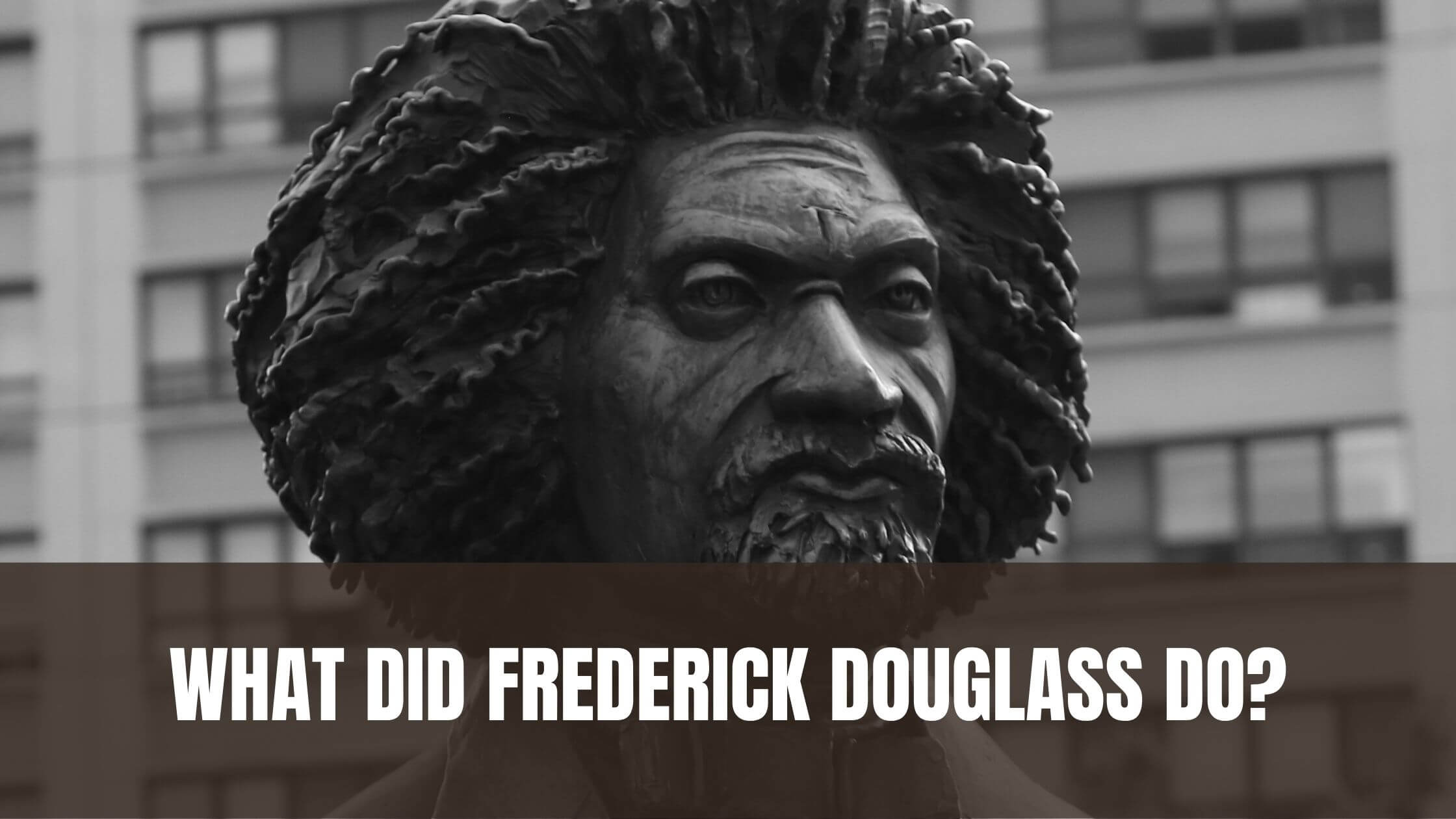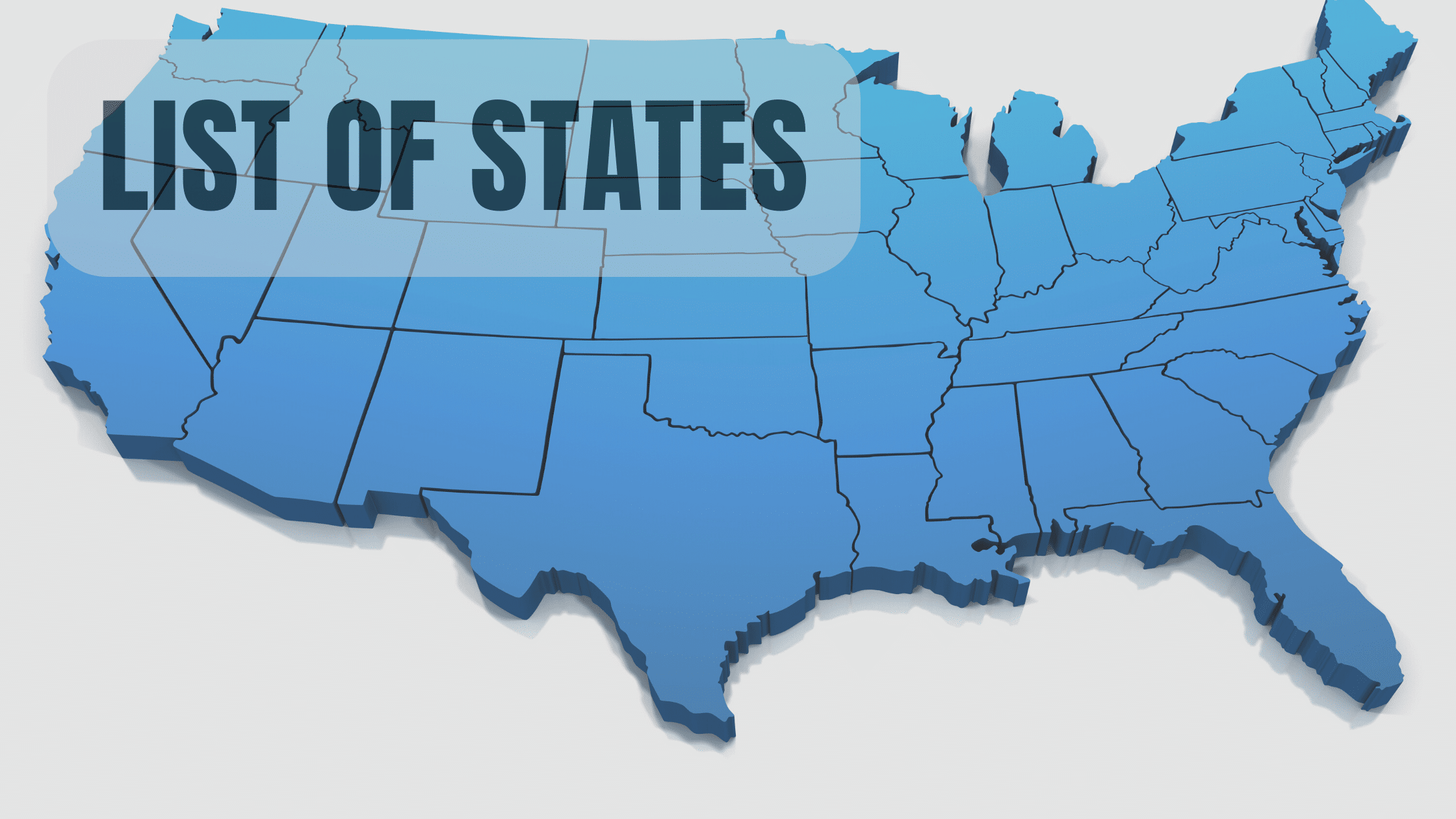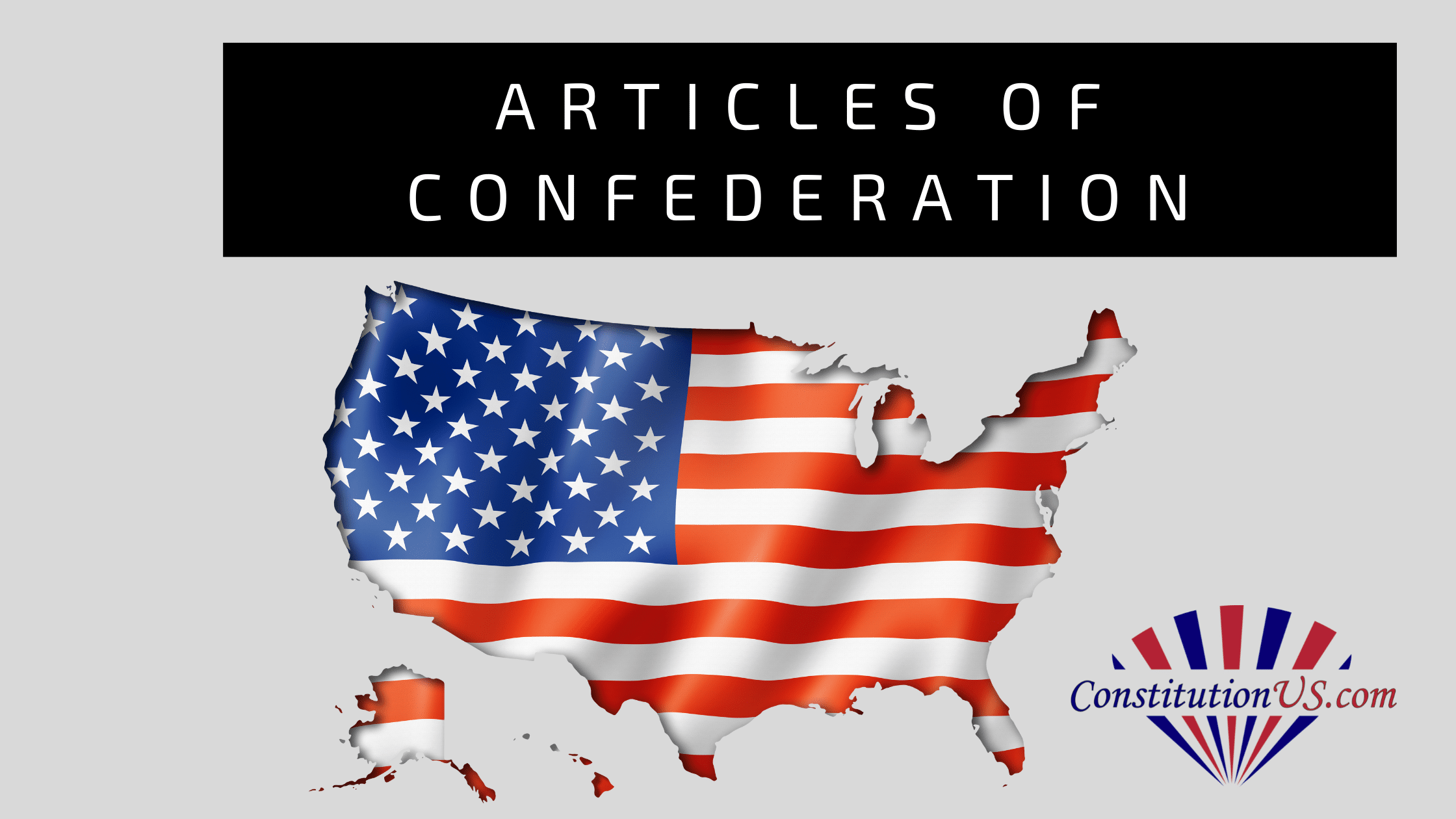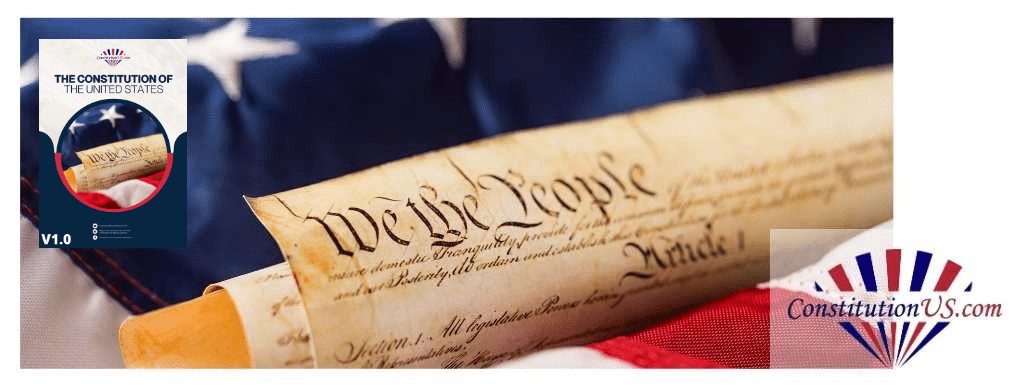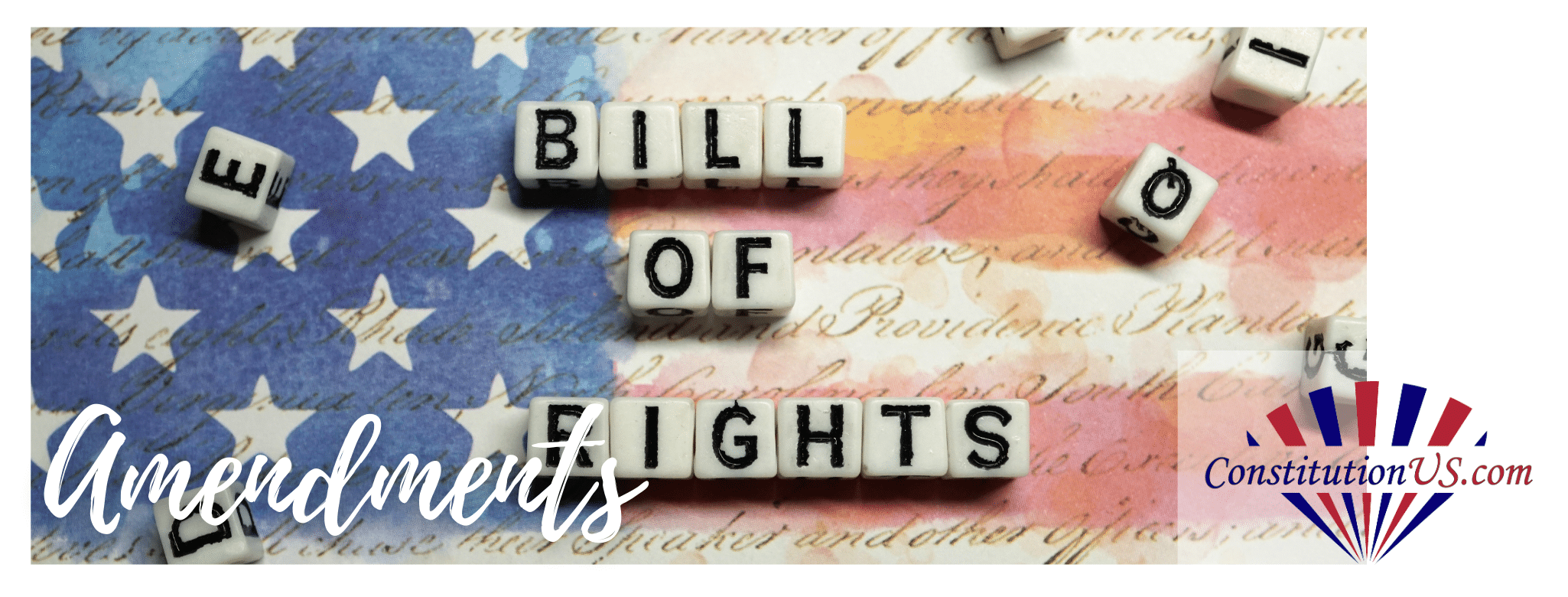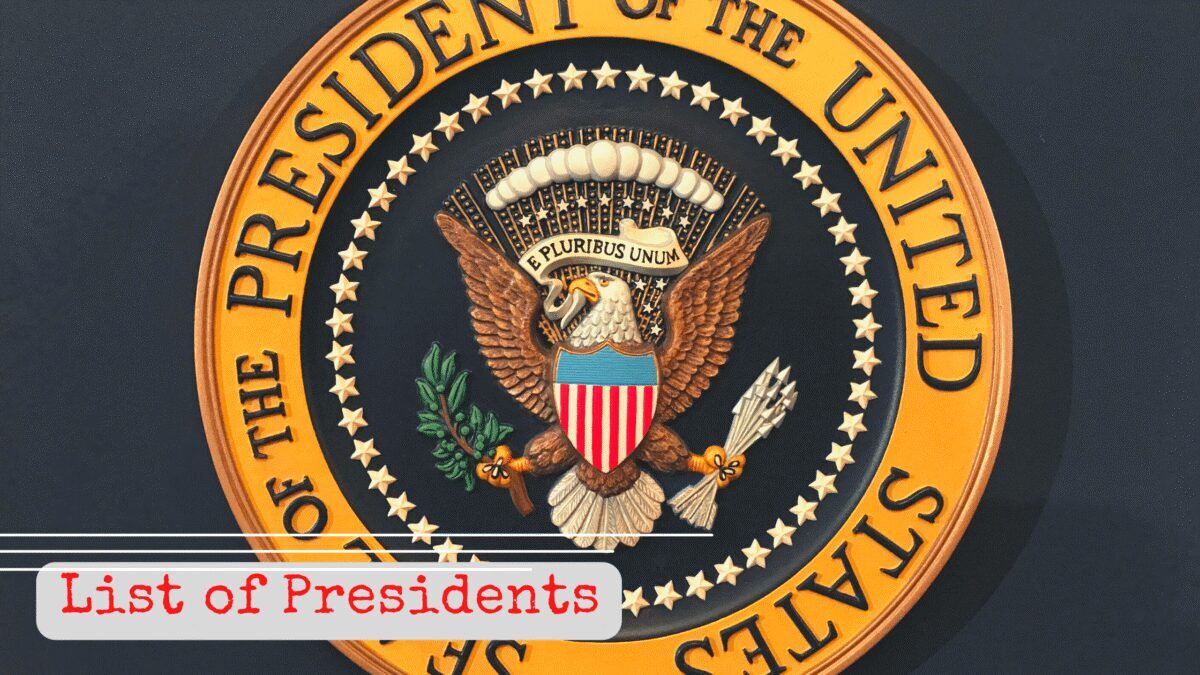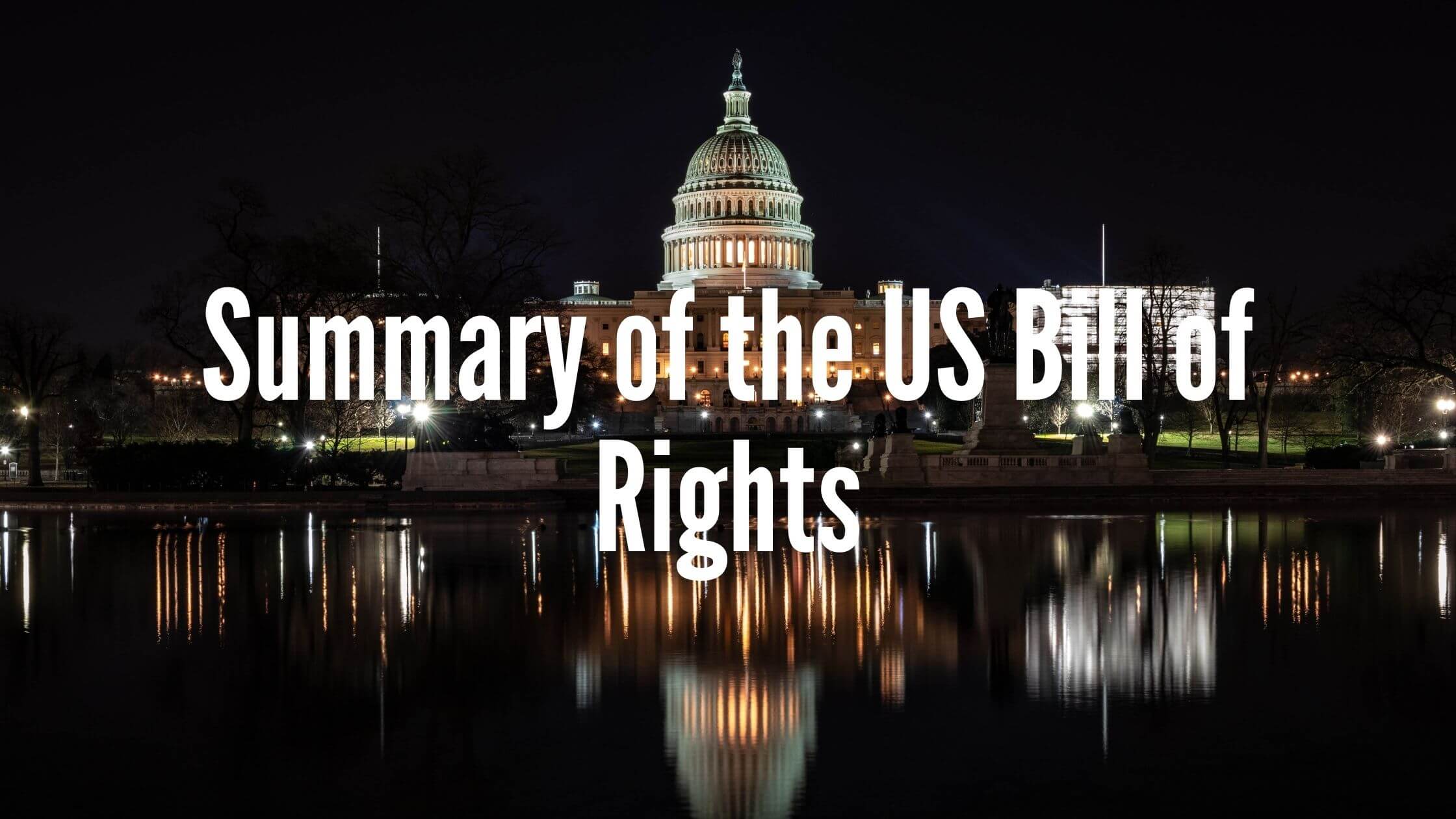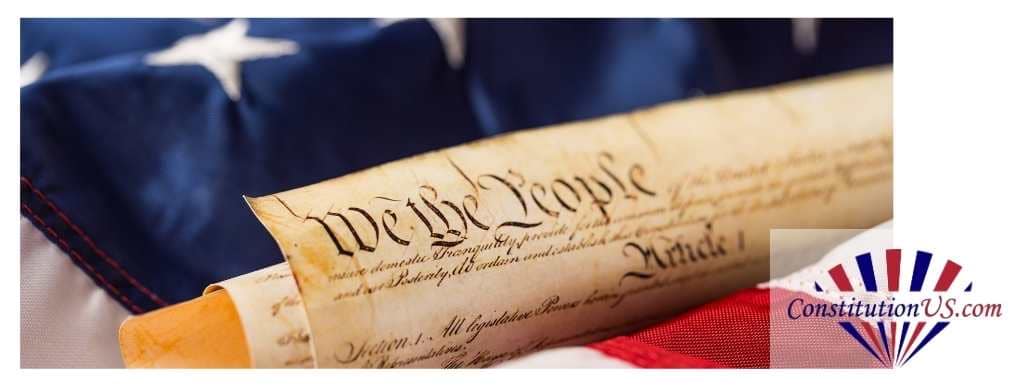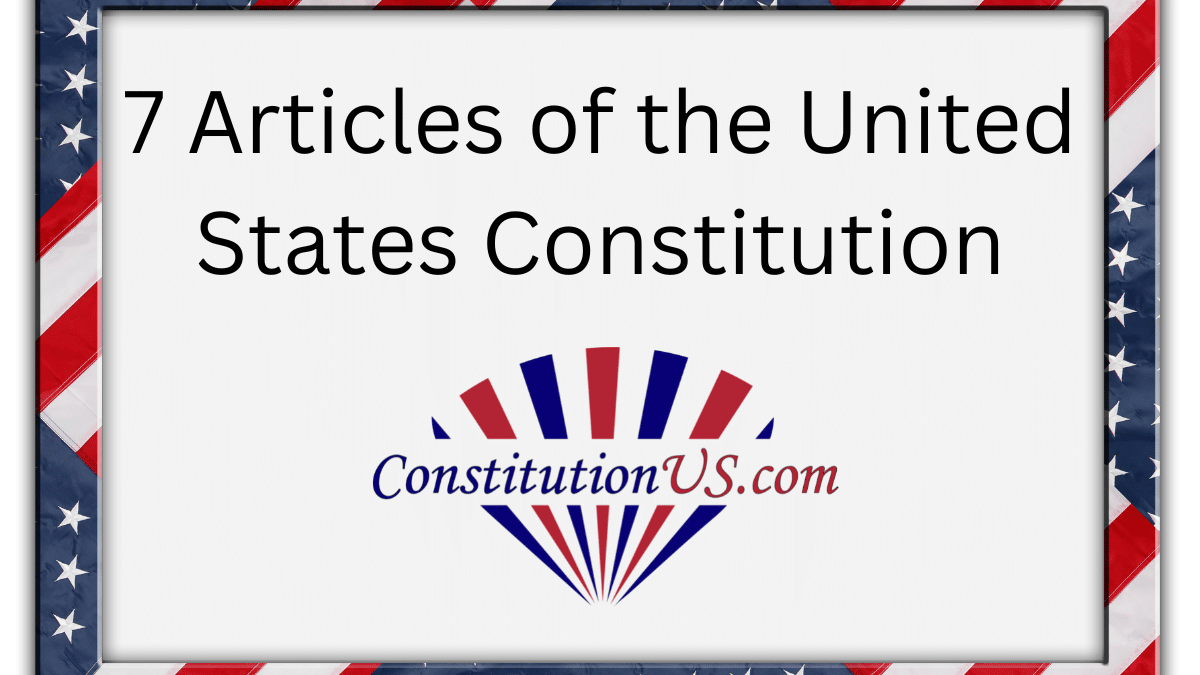Table of Contents
ToggleThe life of Frederick Douglass (1818-1895) has been a source of inspiration and hope for millions of people throughout the world. He never wavered from his days as a prisoner slave to international notoriety as an activist. His brilliant ideas and courageous acts continue to influence how we think about race, democracy, and what it means to be free in the United States.
Born Into Slavery
Frederick Augustus Washington Bailey was born into slavery in Talbot County on Maryland’s Eastern Shore in February 1818. He was presumably born at his grandmother’s hut. He was of mixed ethnicity and had Native American and African heritage. His precise birth date was unclear, but he picked February 14 as his nominal birthday, as his mother had dubbed him her little sweetheart.
It was assumed that he was the son of a slave master and came from a chaotic home. His mother (Harriet Bailey), who resided on a different plantation, was someone he barely knew growing up.
During his earliest years, Frederick lived with his maternal grandmother (Betsy Bailey). Although his mother resided on a property just 12 miles away, Frederick seldom visited her in the years before she died (when he was just seven years old), and he never discovered who his birth father was.
Life as a Slave
Frederick was six when he was taken from his grandparents to labor at Wye House Plantation. He was subsequently deployed to Baltimore. He thought this a good thing because slaves had more freedom in the city than on estates. Hugh Auld hired Frederick.
At first, despite her husband’s objections, Sophia, his new owner’s wife, made sure he slept in a bed with linen and started teaching him the letters. Hugh Auld felt educating slaves would lead to their liberation.
Sadly, by her husband’s disapproval of educating slaves, Hugh’s wife relented, reversing her earlier decision. She hid all reading material, including the Bible.
Frederick continued to educate himself by reading newspapers and pamphlets he obtained from white children, leading him to detest slavery. “The Columbian Orator,” which Frederick encountered at the age of 12, helped him clarify his beliefs on freedom and civic rights.

Get Smarter on US News, History, and the Constitution
Join the thousands of fellow patriots who rely on our 5-minute newsletter to stay informed on the key events and trends that shaped our nation's past and continue to shape its present.
At 15, his owner put him to work as a field hand, which was a life-altering decision. Frederick revolted, disrupted the other slaves’ lives, and began sharing his knowledge with them. His owner hired him out to William Freeland, after which he met Anna Murray, a free young black lady. She agreed to help him flee and paid for his train ticket North.
Freedom in New York
On September 3, 1838, Frederick disguised himself as a seaman and caught a train north. On reaching New York, Frederick declared himself free, ending his existence as a slave. On the day he gained his new freedom, he chose a new name, Stanley.
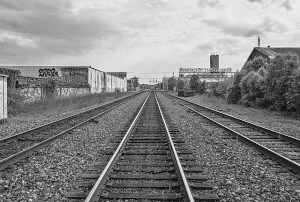
Now a free man, Frederick sent for Anna, who provided the necessities to set up a home. They married on September 15 and used the surname Johnson to escape discovery. Eventually, they were to have five children.
They decided New York was not the safest location to live and relocated to New Bedford, Massachusetts, an abolitionism hotspot. There were many people named Johnson in New Bedford. Frederick wanted a unique name, so he chose the last name Douglass.
A Relentless Campaigner
Douglass considered attending a white Methodist church but discovered it was segregated. Instead, he joined the African Methodist Episcopal Zion Church in New York. Sojourner Truth and Harriet Tubman were both members of the congregation. His oratory improved after he became a pastor in 1839. He was a steward, sexton, and Sunday school superintendent. By 1940, the black congregation was the region’s biggest.
Douglass was active with New Bedford abolitionist groups. He was a regular of William Lloyd Garrison’s Liberator newspaper. He proclaimed that “No face and form ever impressed me with such sentiments [of the hatred of slavery] as did those of William Lloyd Garrison.” He later added, “William Lloyd Garrison and his paper took a place in my heart second only to The Bible.”
William Lloyd Garrison liked Douglass, admired him, and wrote about him in 1839 in The Liberator. Douglass heard Garrison in 1841 in New Bedford. At a later meeting, he was invited to speak and become an Anti-Slavery preacher. Douglass relayed his experiences as a slave in Nantucket a few days later.
The Fight Against Segregation
While residing in Lynn, Douglass opposed segregated travel and spoke out against it. At Lynn Central Station, in September 1841, he and a companion refused to ride in a segregated railroad carriage. Douglass and his companion James N. Buffum were removed.
Douglass spent six months visiting AASS “Hundred Conventions” meetings across the east and midwest. He was frequently attacked. In one such assault in Pendleton, Indiana, he was chased by an angry mob through the streets and suffered an injury to his hand. Fortunately, he was rescued by a Quaker family, but the injury gave him discomfort for the rest of his life.
Growing Reputation as an Orator
Douglass’ reputation as a speaker developed. Yet some in his audience suspected he wasn’t a real runaway slave. In 1845, he published his first autobiography, Narrative of the Life of Frederick Douglass. The narrative described his service in detail, including names and locations. Potentially this could lead to recapture and captivity.
Douglass fled to avoid kidnapping and re-enslavement. Over two years, he gave presentations and sold his story throughout England, Ireland, and Scotland. Douglass accepted an offer from abolitionists to buy his freedom and returned to America legally free. He took Anna and their kids to Rochester, New York.
Douglass widened his horizons in Rochester. He aided those on the Underground Railroad and sponsored anti-slavery political parties. Douglass, a long-time follower of William Lloyd Garrison, began working with Gerrit Smith and John Brown. Using funds supplied by English supporters, he started his newspaper, The North Star, buying a printing press. He also wrote another book, “My Bondage and My Freedom” he expanded on his earlier autobiography and challenged racial segregation in the North.
Civil War and the Campaign for Equality
Slavery prompted the 1861 Civil War. Frederick Douglass labored relentlessly to ensure liberty. He also campaigned for black men to be allowed to fight for the North. This stance was successful, and the 54th Massachusetts Volunteer Infantry enrolled two of his sons as African American soldiers. Douglass visited with President Abraham Lincoln to represent black troops protesting uneven pay and treatment.
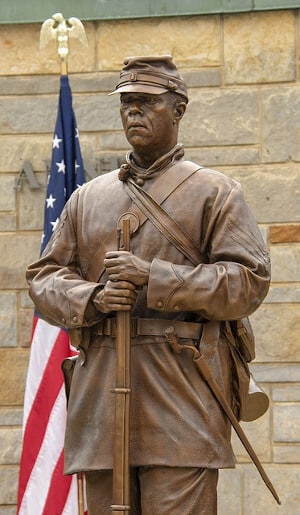
During the Civil War, Douglass stepped up his campaign for equality. He argued that former slaves should have the same rights as citizens. These dramatic revisions were later adopted in constitutional amendments. With the Thirteenth Amendment, slavery was abolished, the Fourteenth Amendment ensured national birthright citizenship, and the Fifteenth Amendment gave equal voting rights to all citizens.
Recognition in Washington
The Douglass family moved to Cedar Hill in Washington D.C. in 1872. He was now the Santo Domingo Commission’s assistant secretary, a trustee of Howard University, and head of the Freedmen’s Bank.
He was also a United States D.C. Marshal 1877-1881 and a D.C. Recorder of Deeds (1881-1886 and 1889-1891). He held these posts during a period of violence and fraud against African-American political activists.
Douglass had a busy speaking schedule on top of his government employment. He spoke on racial equality and women’s rights in another book. Life and Times of Frederick Douglass, released in 1881, took a long perspective on his life’s labor, the nation’s development, and the work still to be done. Despite the nation’s progress during Reconstruction, many Americans still felt unfairness and lacked fundamental freedom.
Anna Douglass died of a stroke in 1882. In 1884, Douglass married Helen Pitts, an activist and former abolitionist. Helen was Caucasian and twenty years his junior. Thus the marriage sparked debate. It also included time abroad. In 1886-1887, they visited Europe and Africa, and in 1889-1891, they lived in Haiti during Douglass’s service there.
Death
On February 20, 1895, after addressing the National Council of Women, he returned to Cedar Hill late in the afternoon and was preparing to speak at a nearby church when he died of a heart attack. He was 77. He had spent his entire life fighting for equality and justice.
The Metropolitan African Methodist Episcopal Church in New York City hosted his funeral. The Reverend Douglass had a pew there and had contributed two standing candelabras when this church relocated to its current location in 1886, even though he had visited various churches across the nation’s capital. Aside from that, he delivered several lectures, including his final significant address.
Thousands of people paid their respects as they passed his casket. Pallbearers were Senators from the United States and Supreme Court justices. The President of Howard University, Jeremiah Rankin, delivered “a masterly address.” It was decided to read a letter from Elizabeth Cady Stanton. Haiti’s Secretary of State “expressed the condolences of his country in melodious French,” according to the news release.
